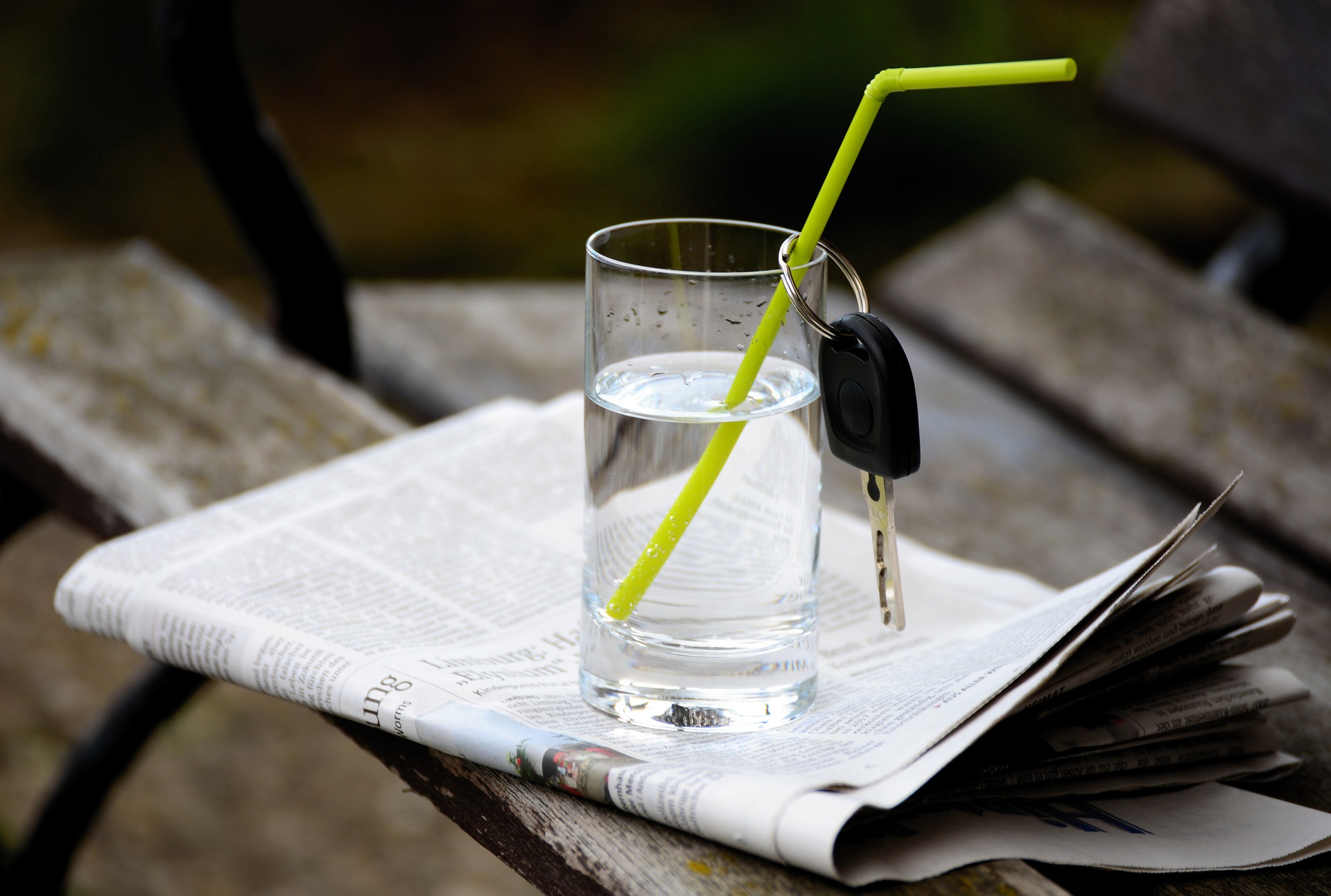
Taking your driving test is a significant event in many people’s lives, often accompanied by a fair amount of stress – both for the one taking the test, and their parents! In an effort to ease this tension, Regtransfers, a provider of personalised number plates, collaborates with Sophie Stuchfield, a seasoned driving instructor. Boasting 15 years of experience and a strong online presence as @TheOnlineDrivingInstructor, Sophie shares her advice on the most common errors in UK driving tests over the past decade.
Observation at Junctions
Sophie stresses the need for thorough observation at junctions – the most frequent error observed in tests over the past ten years. “Overlooking road signs or markings might lead you to miss an approaching junction,” she warns.
Sophie explains potential examiner actions, should you miss a junction. “In such situations, an examiner might verbally intervene or use the dual control brake to slow or halt the vehicle.” She also emphasises the need for thorough checks when exiting a junction: “One glance is not enough; you need to confirm that the road is clear before you join it.”
Mirror Checking When Changing Direction
Sophie stresses the importance of checking mirrors before signalling, turning, or altering speed. The “Mirror-Signal-Manoeuvre” method should be automatic for learners by the time they reach their test, but it’s easily forgotten in the moment.
Sophie reinforces, “This particularly refers to looking at wing mirrors during lane changes or when navigating past obstacles. Always check the relevant wing mirror based on your intended direction.” She links these common mistakes around mirror use to test pressure, where learners often focus more on how their assessment is going, rather than maintaining natural hazard response.
Right-Hand Junction Turns
For turning right at junctions, Sophie advises strict adherence to correct positioning. “Even in the absence of other road users, it’s vital to stay in the correct lane,” she asserts.
Sophie points out another frequent error, “Avoid veering into the opposite lane before your turn. Keep to your lane until you reach the point where you need to turn.”
Steering Control
Sophie, with her extensive teaching experience, recognises that steering problems, like many test errors, often stem from nervousness.
“Nervousness can make us tense,” Sophie observes. “There’s a misconception that crossing arms while steering is incorrect, causing ineffective hand movements.”
Against popular belief, arm crossing while steering isn’t an automatic test failure. Sophie, along with many instructors, encourages flexible steering techniques, as long as they’re safe: “Controlled car handling is key, regardless of whether you cross your arms.”
Responding To Traffic Lights
Sophie provides advice on responding to traffic signals, focusing on the necessity of remaining alert. “Keep focused at a red light to catch the change to green. Simple as it sounds, it’s easy to get distracted, especially during a test, leading to missed signals and increased stress.”
She also focuses on anticipation, “You should not cross the stop line on amber. If the lights have been green for a while, anticipate a possible change.”
Moving off (safely)
During a test, a learner driver’s ability to move off safely from a stationary position is a core element of the test, and learners should expect to be instructed to stop on the left at least four times.
Sophie recommends a complete visual check, ensuring it’s safe to move without causing other vehicles to adjust their speed.
“Make sure you’re in the right gear, the handbrake is released, and complete a full surroundings check before moving off,” she advises. Emphasising safety, she adds, “Avoid causing other vehicles to slow down. Wait for a clear opportunity.”
Normal Driving Position
Sophie’s advice for normal road positioning is clear: “Use the right lane only for overtaking or turning right. For international drivers who may be more accustomed to right-hand traffic, ample practice on the left is essential to make sure it becomes second nature.”
Moving off (control)
Stalling during a test can be embarrassing, but Sophie reassures, “A stall is not an automatic fail. Take a moment to regain your composure before starting the car again; maintaining a cool head is key.”
On the topic of control while moving off, Sophie reiterates the influence of nerves. “As previously mentioned, it’s important to remain composed when moving off. Make sure you’re in the appropriate gear and ready to proceed smoothly.”
Adherence to Road Markings
Understanding and responding correctly to road markings is a vital part of the test, and will include a learner’s responses to stop and give way lines, box junctions, and traffic calming measures.
Sophie’s advice focuses on awareness: “Constantly watch for lane indicators and directional signs.” She reminds learners that it’s always acceptable to seek clarification when unsure.
Reverse Parking – Precision and Control
For reverse parking tasks, candidates are evaluated on selecting an appropriate spot, positioning the car accurately, preparing for the manoeuvre, and being aware of their surroundings.
Sophie advises, “Approach parking with patience. Adjustments and different techniques are perfectly fine to ensure a precise and safe park.”
Conclusion
Sophie pinpoints two primary reasons for test failures: nervousness and rushing into the test unprepared. She suggests, “Keep a calm and focused approach, similar to everyday driving. Moreover, don’t rush into taking your test; confirm with your instructor that you are fully ready.”






